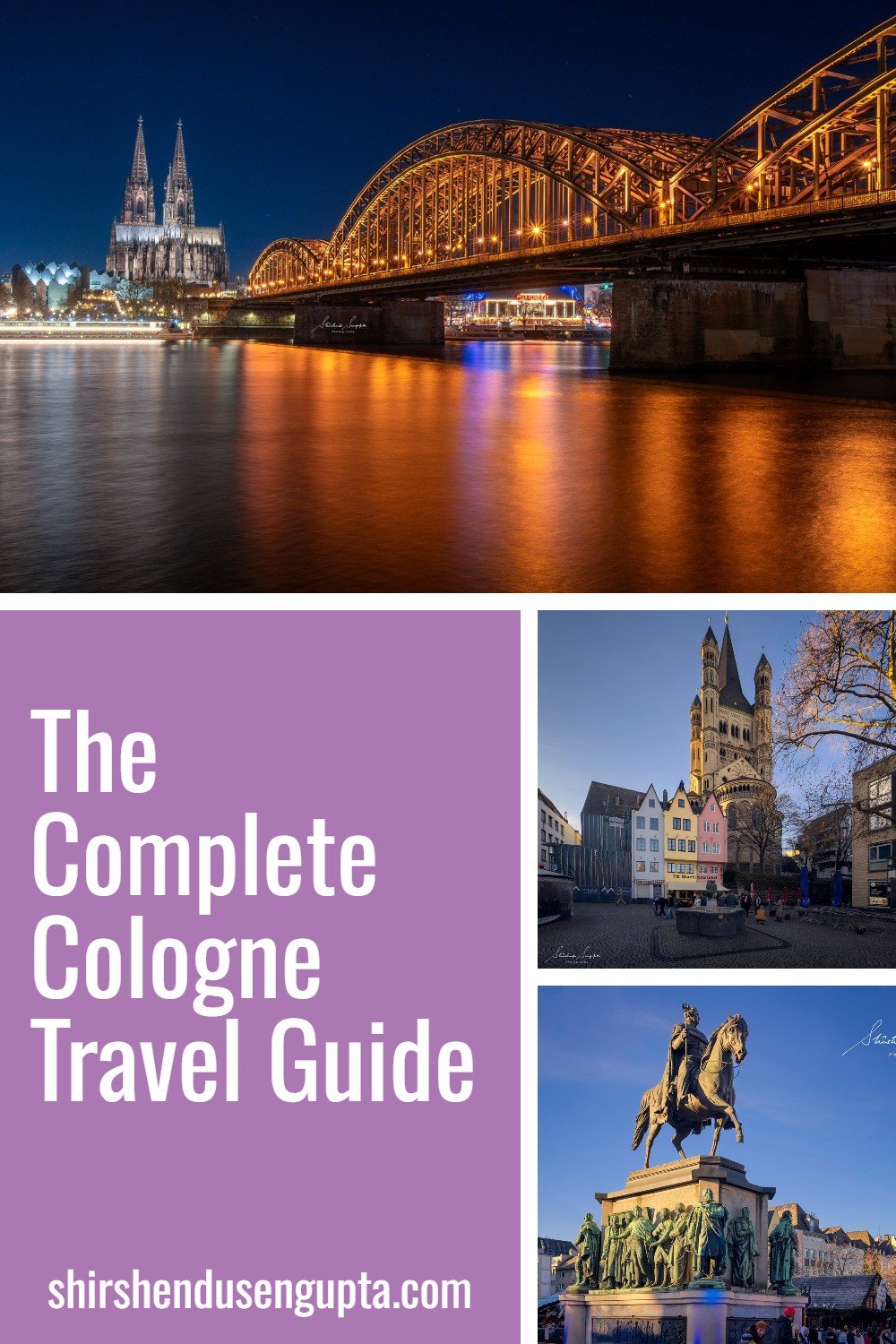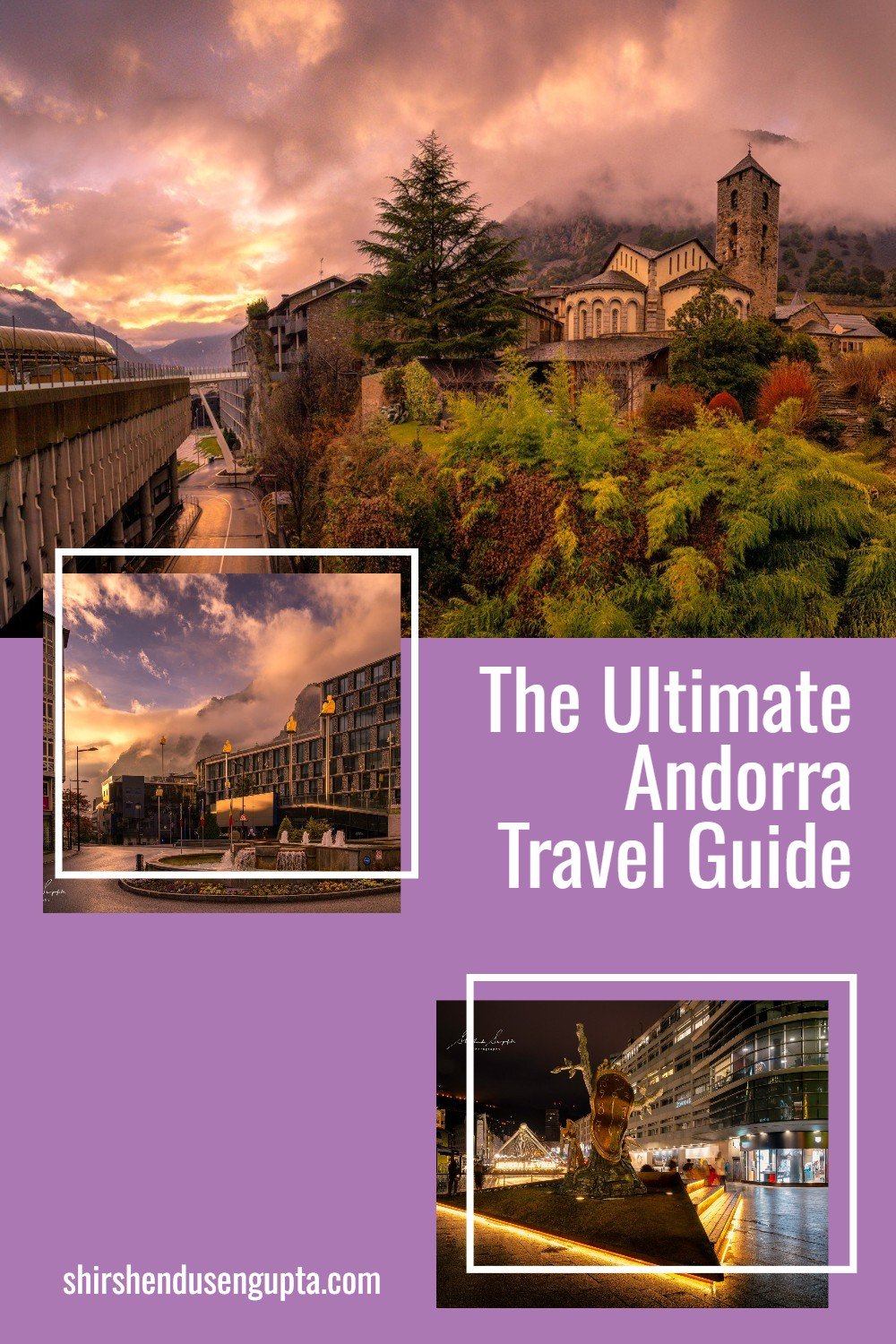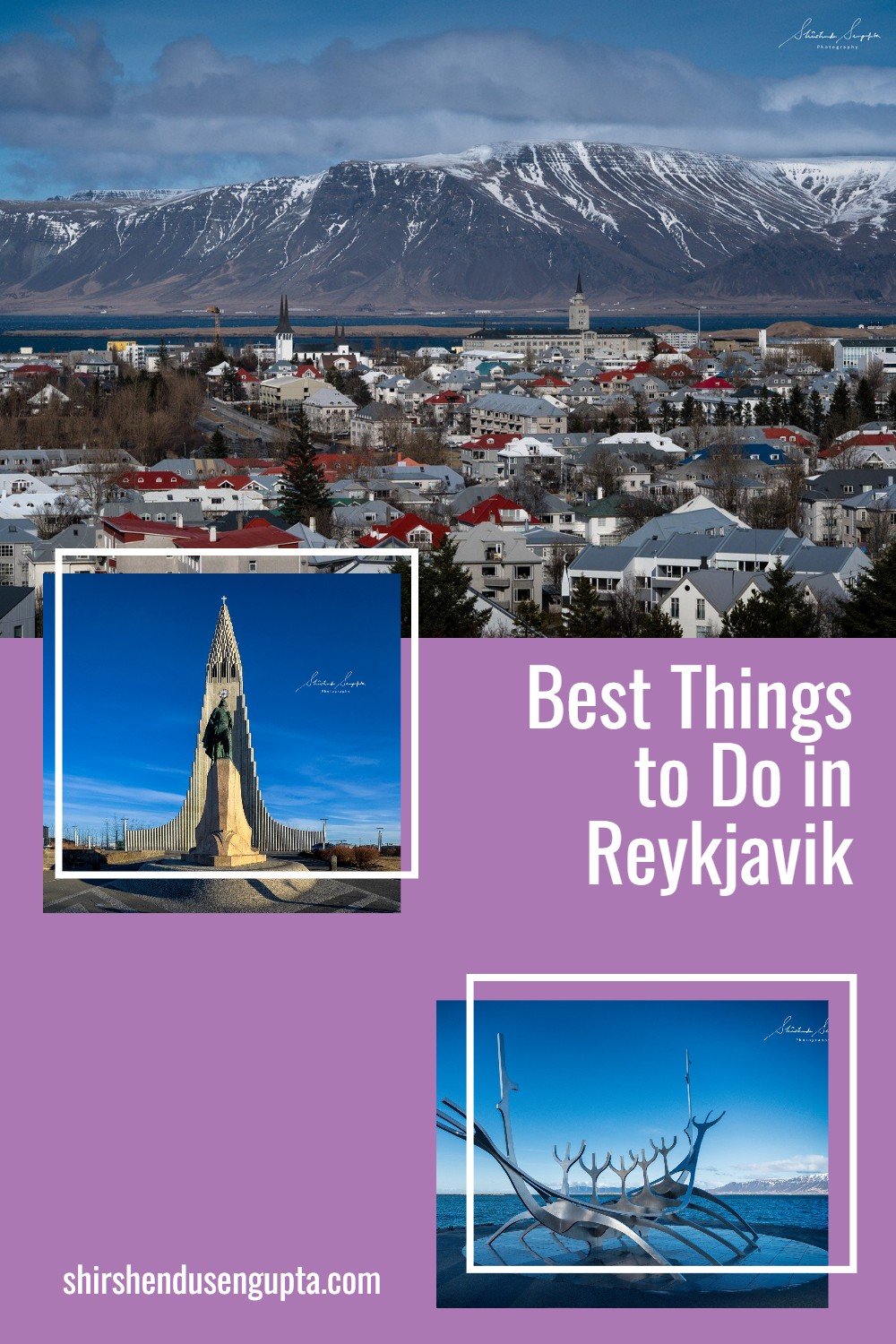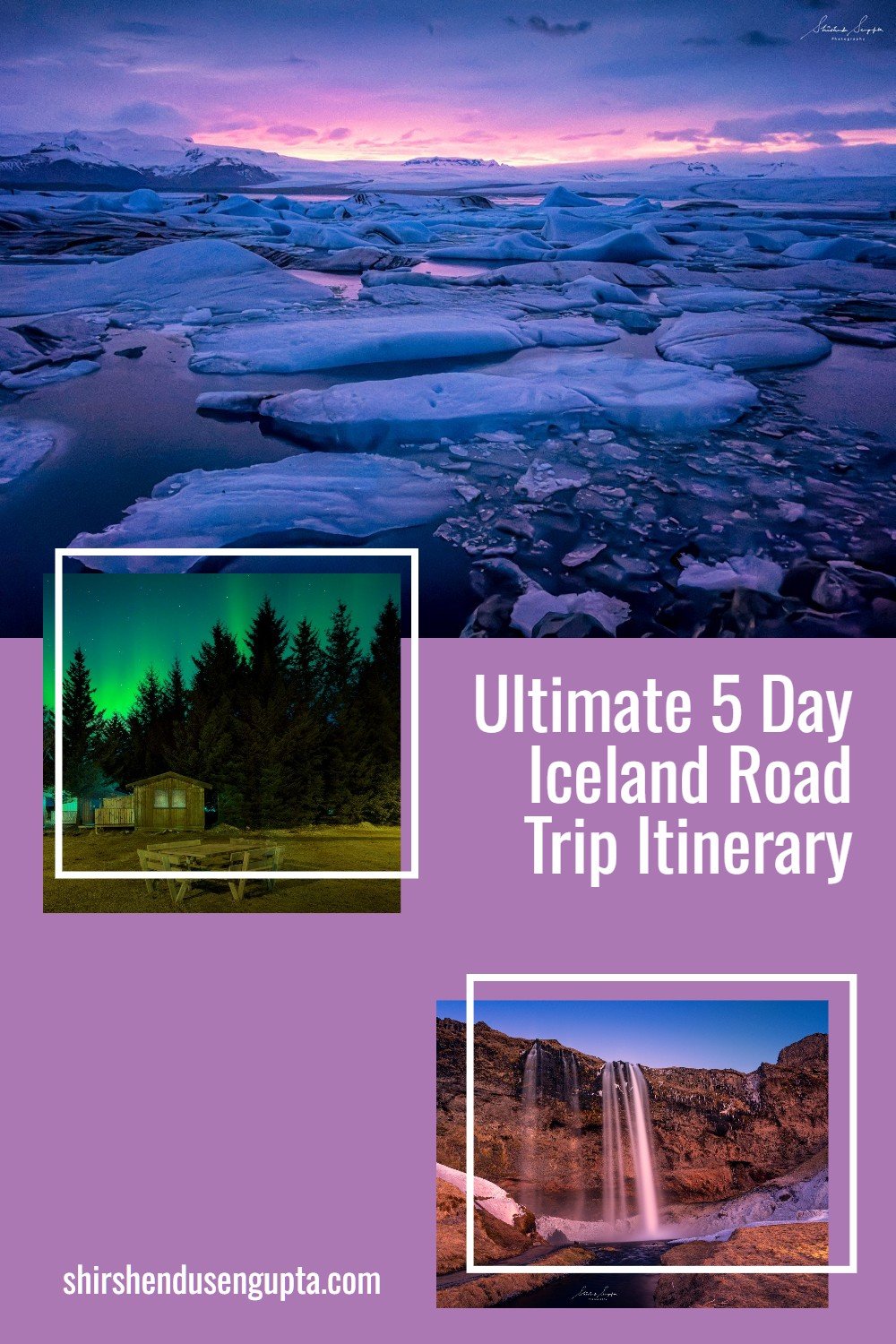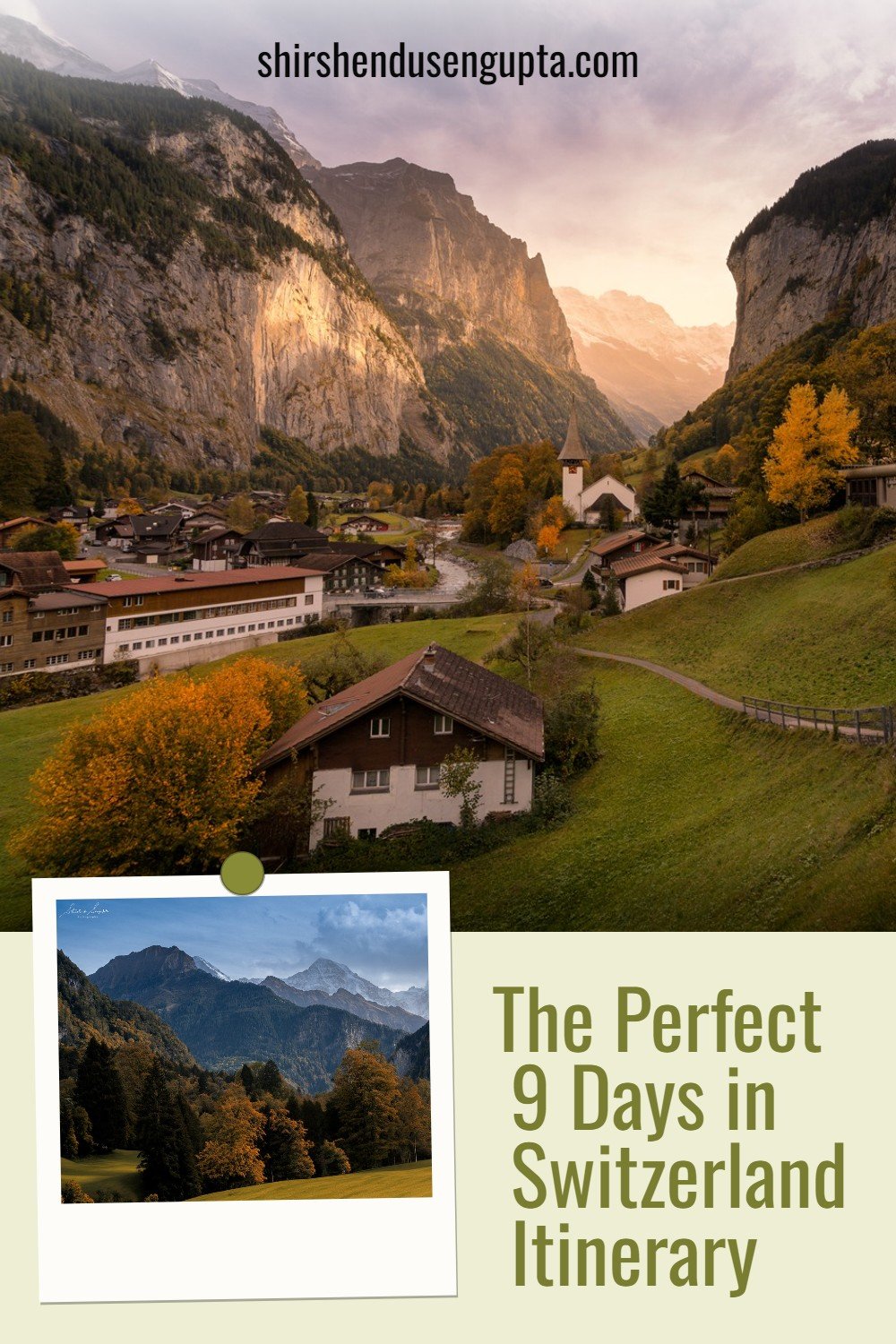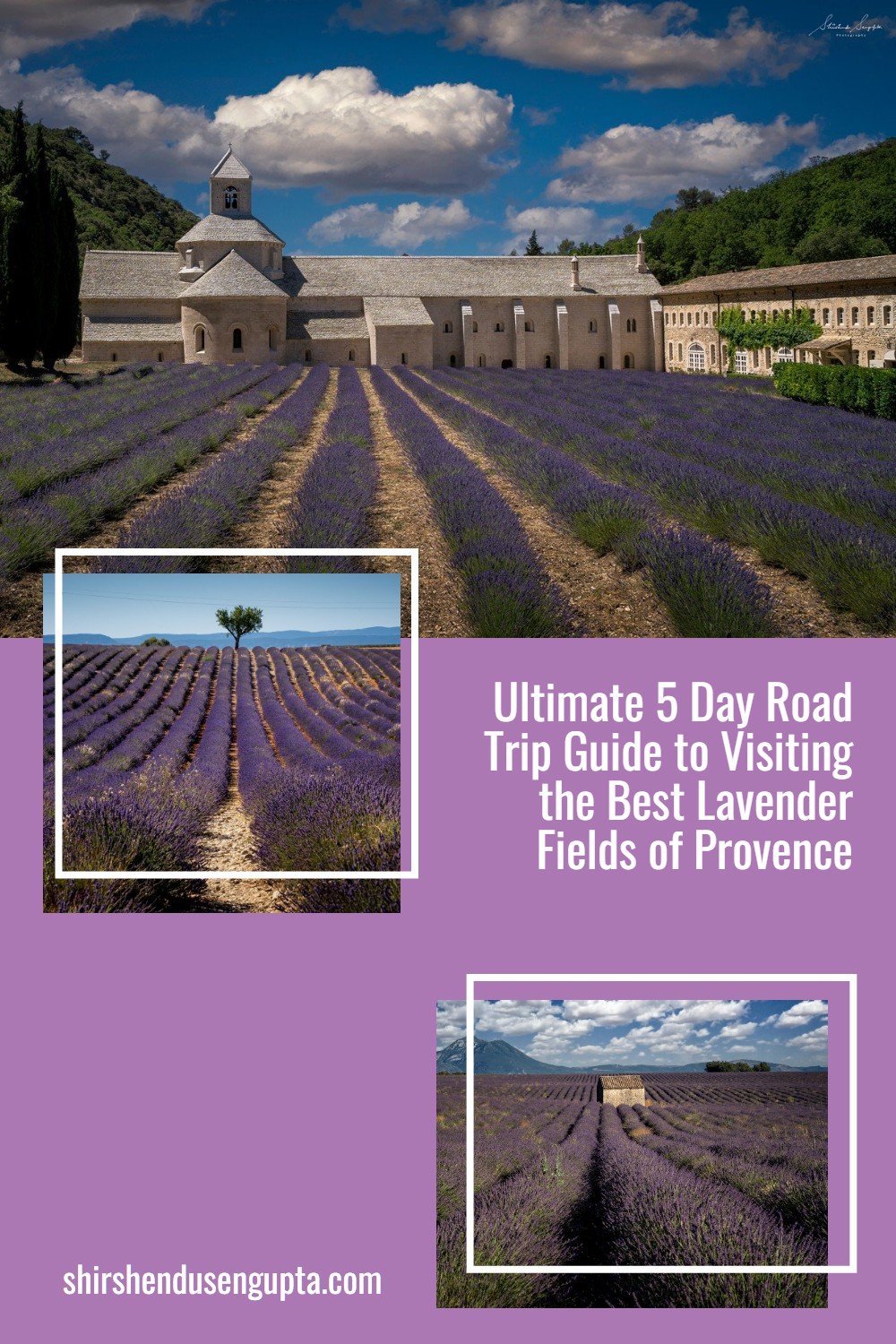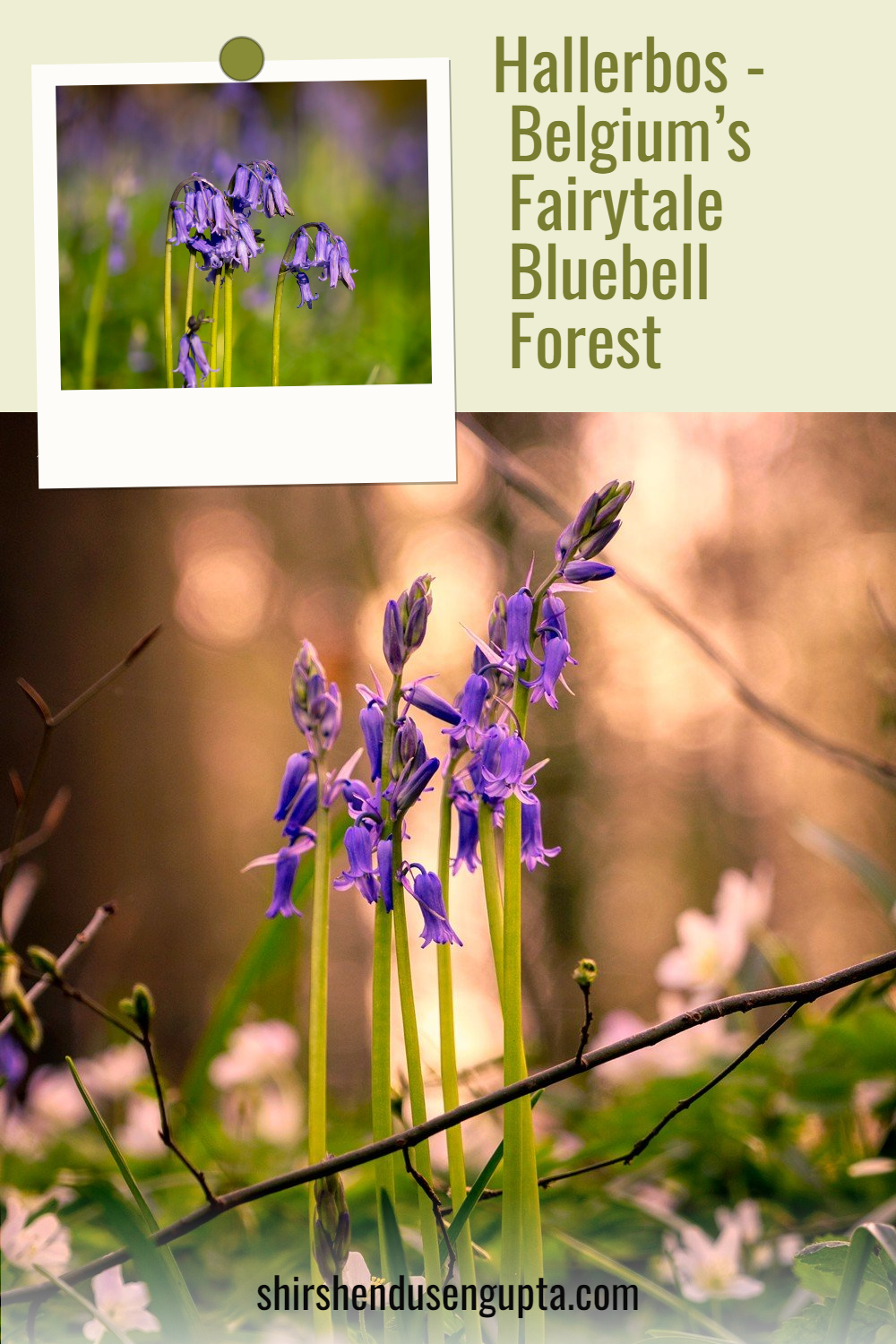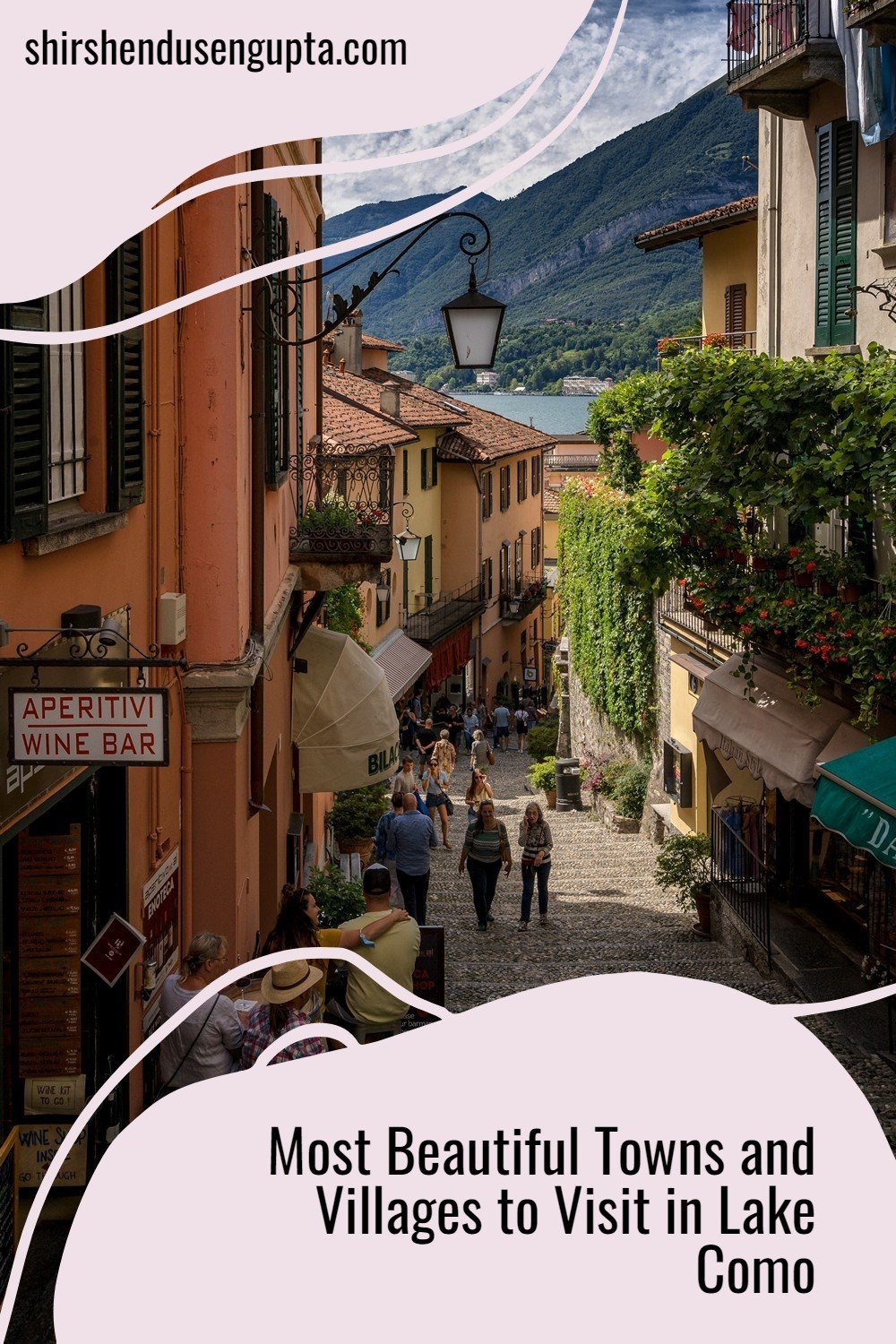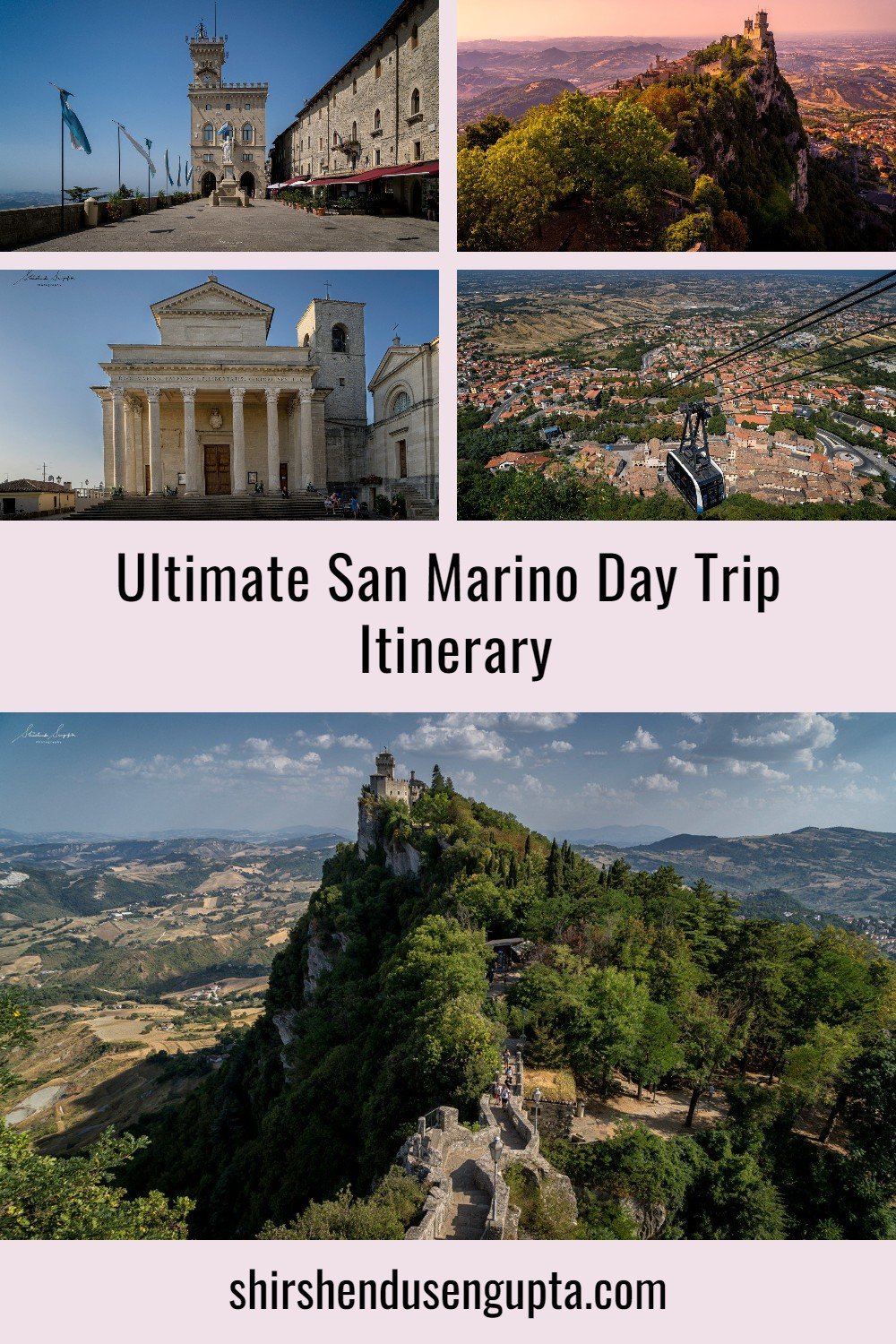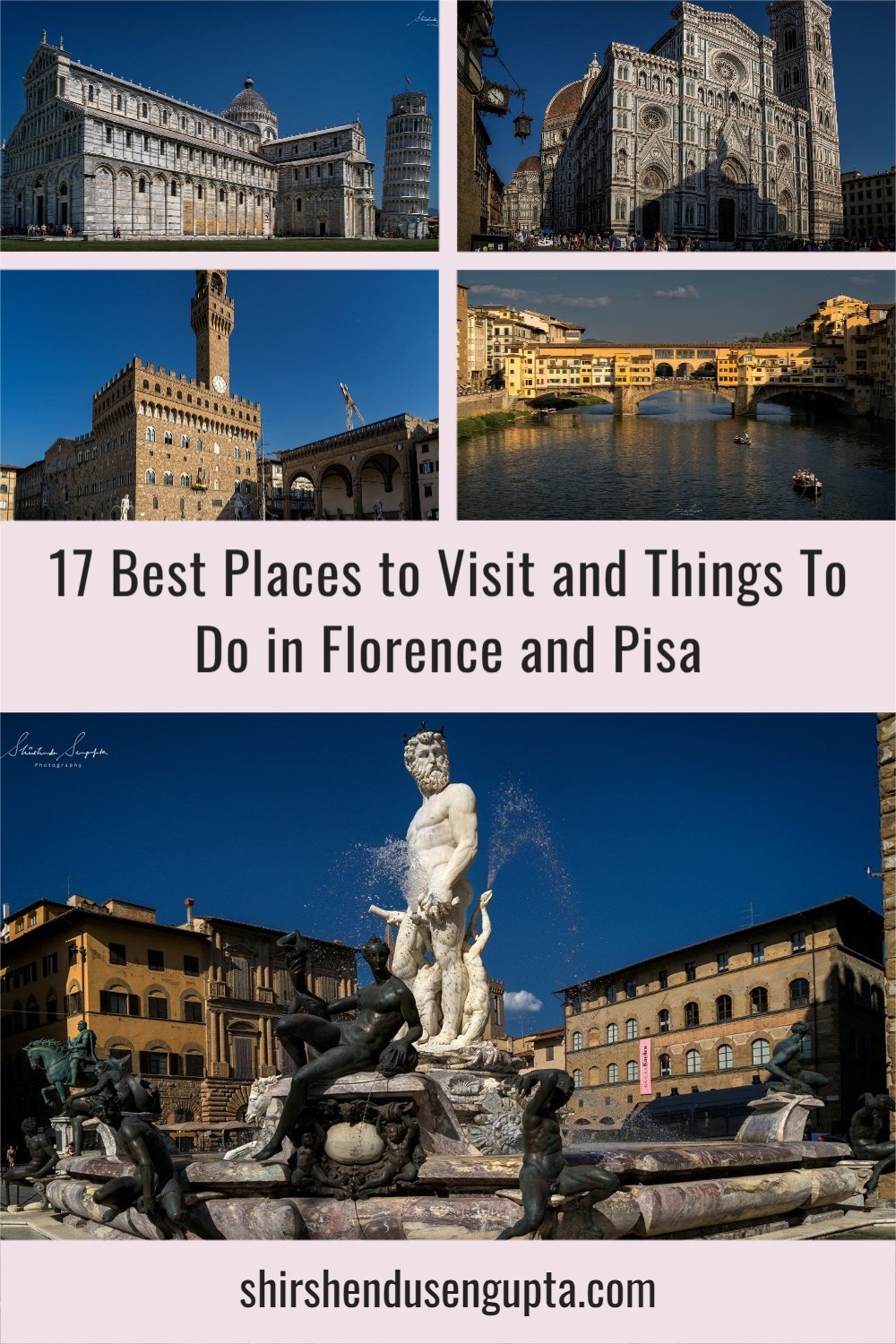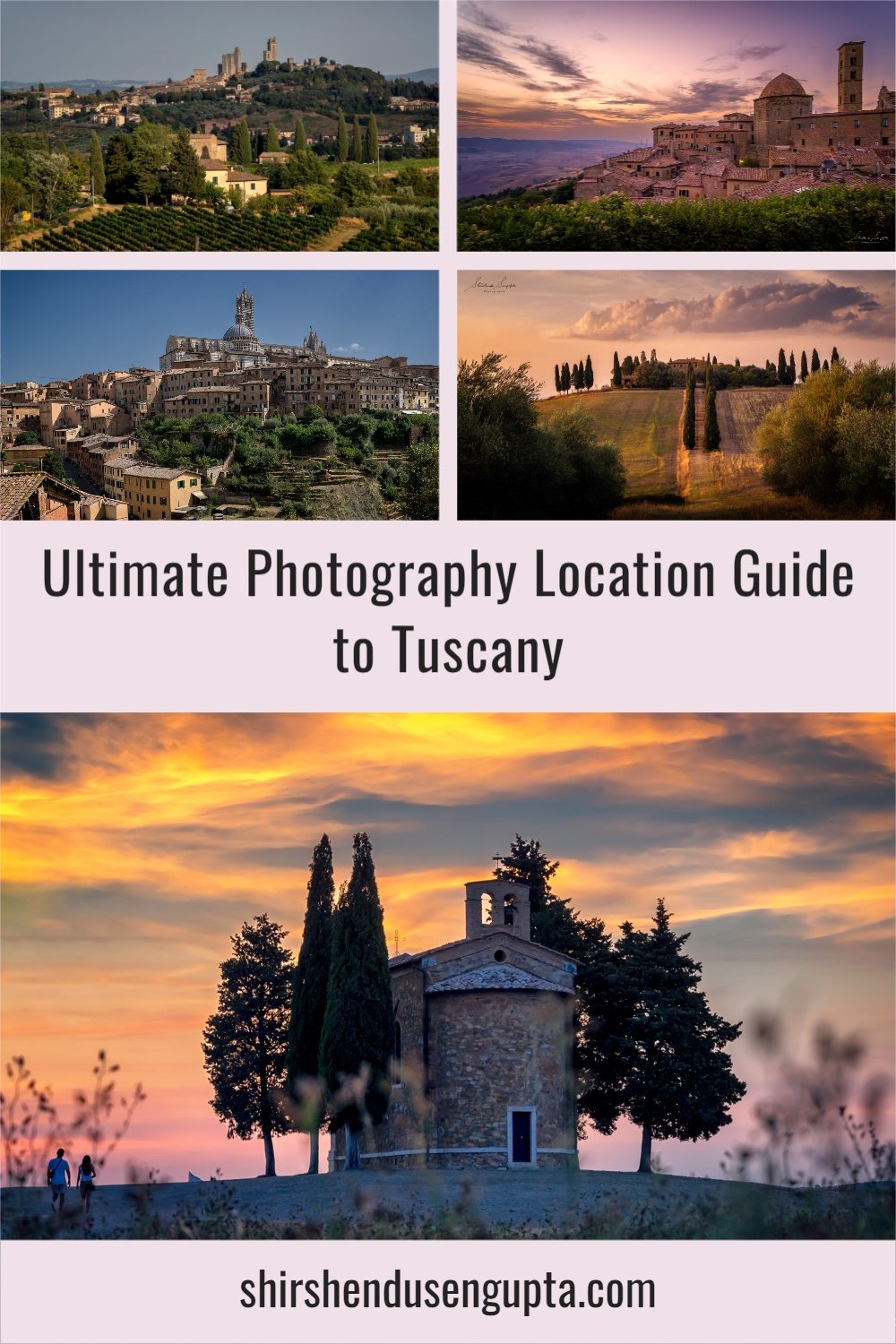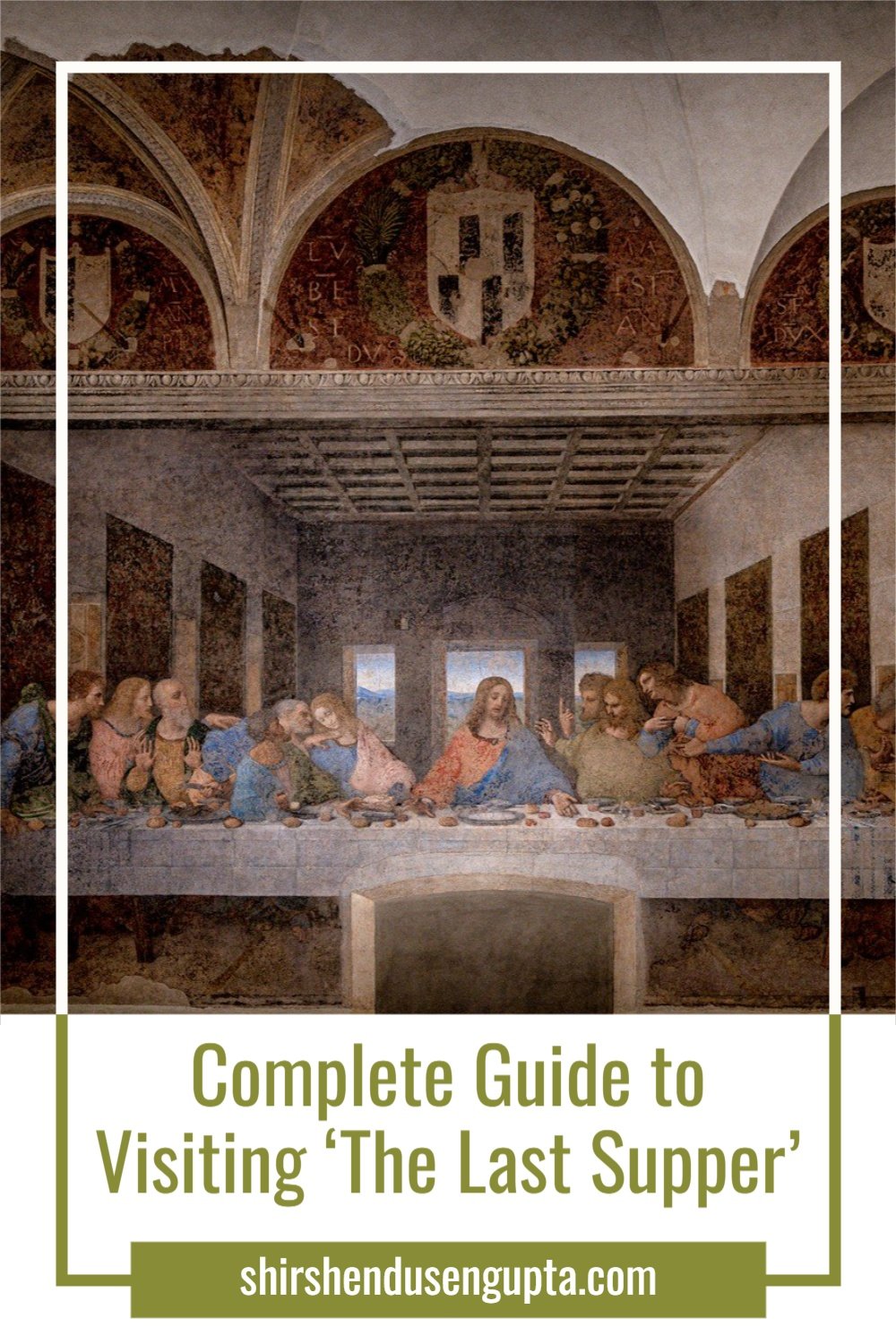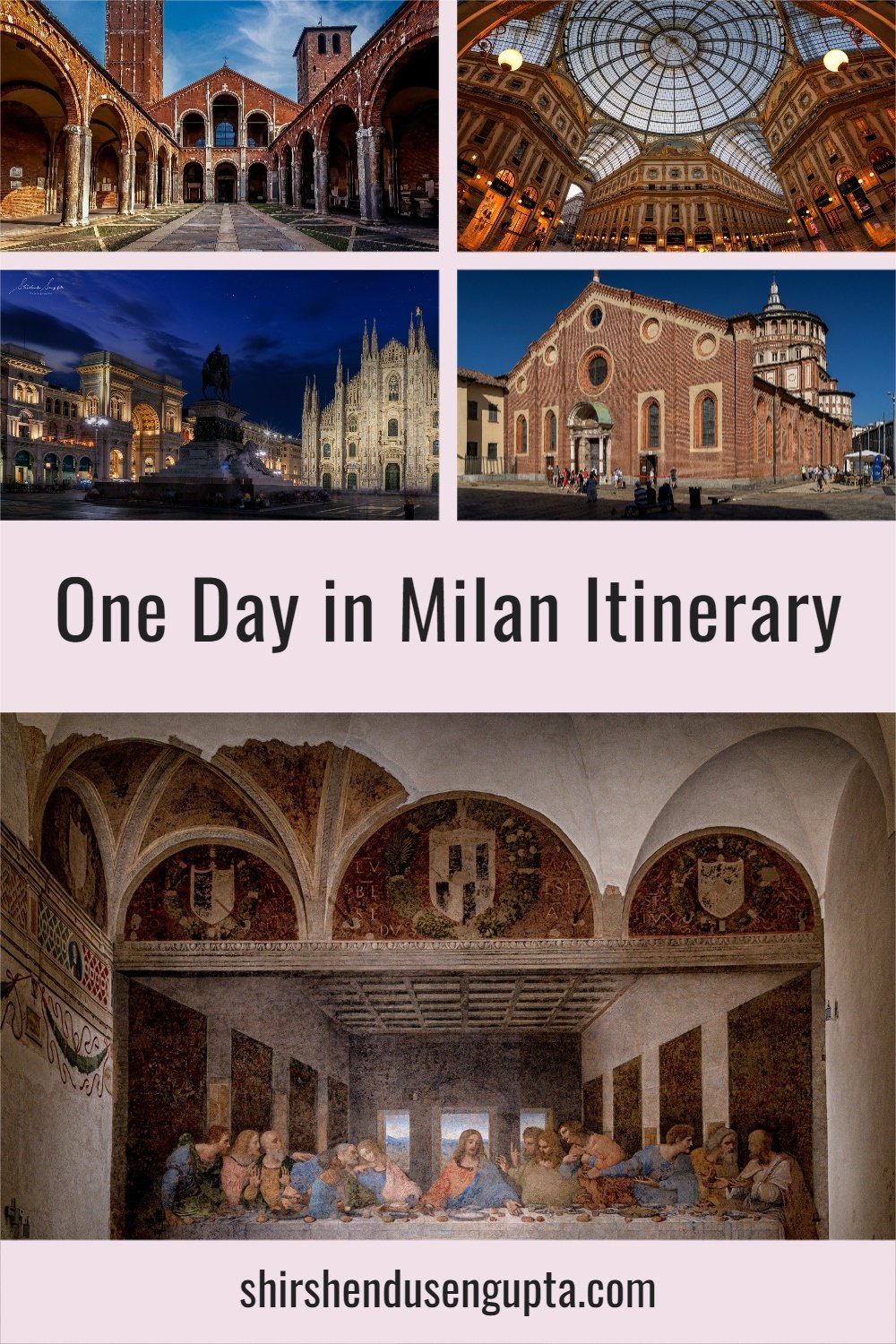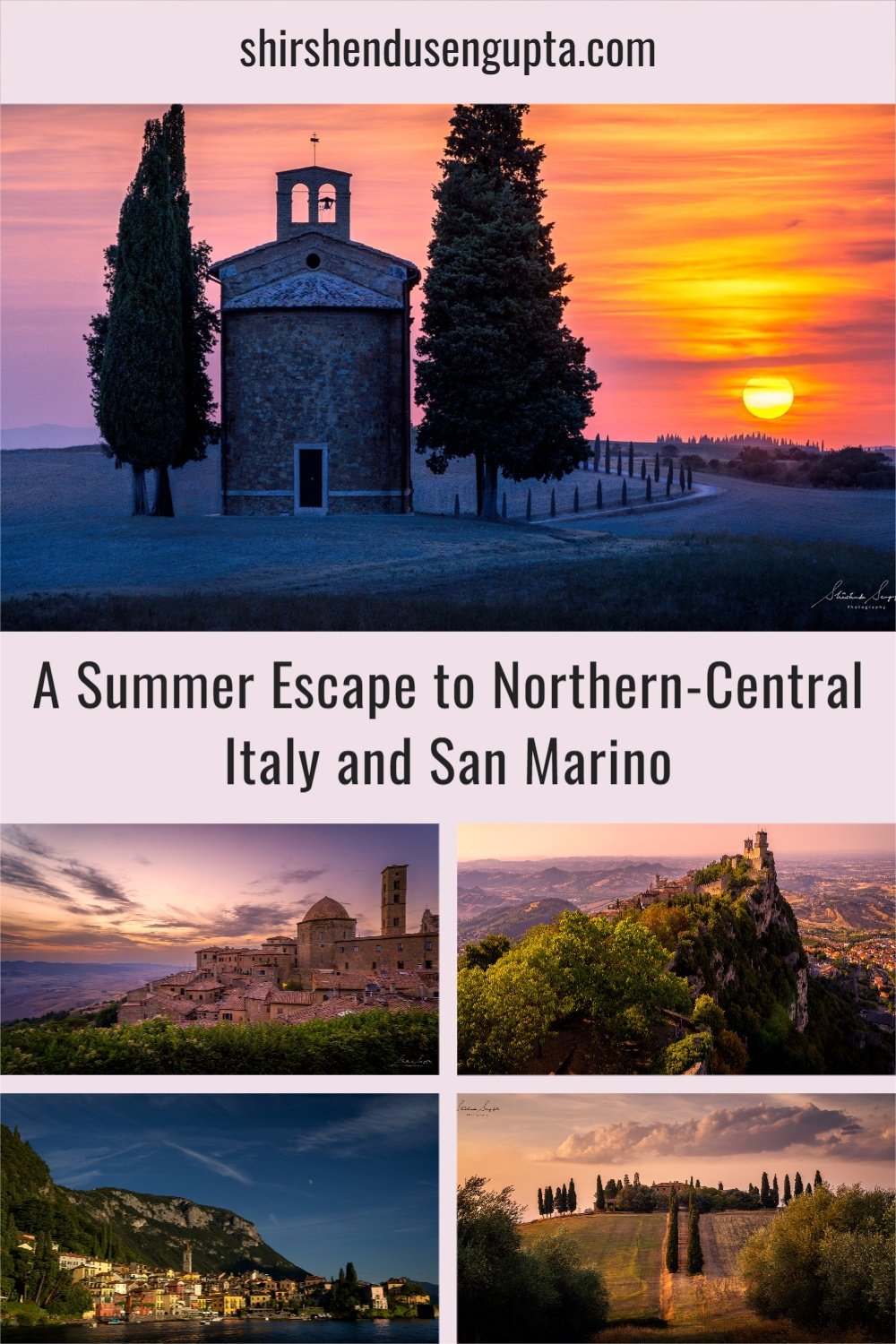Instagrammable Romania | The Most Beautiful and Romantic Places to Visit in Romania
Prologue
During a memorable Easter, we set off on a marathon road run, An Easter in Eastern Europe | A 6000 km Road Trip across Poland, Slovakia, Romania, Serbia, Bosnia-Herzegovina, and Austria from the Netherlands. This journey was more than just a long drive; it was a marathon of discovery, filled with charming towns, stunning landscapes, and cultural experiences that left us in awe at every turn. From historic city squares to winding mountain roads, each day brought new adventures and unexpected surprises. On this trip, we covered Western Romania.
We also embarked on another adventure named A Summer in Eastern Europe | An 8000 km Road Trip across Slovenia, Albania, North Macedonia, Kosovo, Bulgaria, Romania, and Slovakia from the Netherlands | Travel Itinerary, Tips, and Tricks. From winding mountain roads to sun-soaked coastal towns, each stop offered its own surprises and adventures. During this trip, we covered Central Romania, including Transylvania, the land of Dracula. So, based on our experiences, today I’m going to take you along with me on a ride across the most beautiful and romantic locations of Romania, which are shouting to feature on your Instagram. Let the journey begin!
Welcome to Romania
Furrowed stone churches, bedazzling monasteries, groves of pine and deciduous trees, stretches of bright green meadow, and a backdrop of the majestic Carpathian Mountains – probably these words better describe the fascinating countryside of Romania that’s otherwise steeped in legends of vampires, werewolves, and other dark creatures of the night. Let’s begin our journey through this enchanting land from the western part, starting with the romantic city of Timisoara.
The Most Beautiful and Romantic Places to Visit in Romania
Timisoara
Timisoara is the third biggest city in Romania and the biggest in western Romania. It's the primary social, cultural, and financial center in western Romania. It has been affected by numerous cultures. From its inception in the 12th century, the Romans used it as a crucial crossroads fortress till the Tatars damaged it in the 13th century. In 1552 it went to the Turks and later got annexed to the Austrian Empire for two centuries. Turks, Austrians, Germans, and Serbs all left their mark, and their impact can be seen in neighborhoods throughout the city even today. Often described as ‘Little Vienna,’ Timisoara is house to year-round musical and theatrical performances, art galleries, museums, and buzzing nightlife. A progressive, cosmopolitan location, Timisoara was the very first city in Europe and second on the planet after New York to utilize electrical power to lighten its public streets.
Piata Victoriei (Victory Square), Timisoara
Situated between the Timisoara's Neo-Moldavian-Byzantine Orthodox Cathedral and the Opera House, this historic square is a hotspot for coffee fans and romantics. The cathedral's horizontal brickwork, detailed eaves, and green mosaic spires, when illuminated in the evening, offer a bewitching sight.
Piata Unirii (Union Square), Timisoara
In the town center of Timisoara, a stone throw from Piata Victoriei, lies the Habsburg-era Piata Unirii. Around the square are two Serbian and Romano-Catholic Orthodox Cathedrals lined by historic pastel-colored buildings. Throughout the 18th century, this was the city's commercial hub and the location for many spiritual events and military processions.
Rock Sculpture of Decebalus, Dubova
In a stunning landscape at the boundary between Romania and Serbia, 220 km south of Timisoara, where the Danube meets the Carpathians, "The Rock Sculpture of Decebalus" carved into the rocky edifice appears to resist the changes of time. Decebalus was the Dacians' final ruler, among the mightiest leaders of this ancient kingdom who, after rejoining fragmented Dacian people, dealt with three battles versus two Roman emperors before lastly catching the power of Rome in 106 CE. The entire landscape of the high monolith above the spectacular gushing waters of the Danube surrounded by Mediterranean vegetation creates a breath-taking sight.
This highest rock sculpture, 55 m high and 25 m wide, is bigger than New York City's 'Statue of Liberty' and Rio de Janeiro's Christ The Redeemer.' Twelve sculptors carved this massive monolith over a decade (between 1990 and 2000), a reasonably brief time compared to other similar works. A comparable job on Mount Rushmore required 300 climbing up artists and also 14 years of work. The operation at 'The Rock Sculpture of Decebalus' was very unsafe and challenging due to the elevation and the vipers creeping about. Finally, the ten years of relentless effort led to creating a grand masterpiece of exceptional elegance, historical significance, and Romanian heritage.
Mraconia Monastery, Dubova
Mraconia, literally meaning 'secret place' has a tumultuous history. The first mention of the old monastery was in 1452, the year of the fall of Constantinople when the monks of Mraconia took shelter in Orsova. It was ruined during the Russian-Turkish-Austrian war of 1787-1792 and later rebuilt. In 1967, as the Iron Gates hydro plant began being constructed, the original monument was again brought to the ground, now covered by the Danube. Finally, after 1989 the Metropolitan Bishopric of Oltenia took the effort of rebuilding it in a new location.
Transylvania
Traveling north eastwards from Dubova we reach the central region of Romania named Transylvania. While stories of werewolves, witches, and vampires still swirl among the peaks and forests of the Carpathian Mountains, Transylvania continues to enchant the visitors with its jaw-dropping hill-top castles, medieval towns with cobbled alleys supporting chic street-side cafes, and a cacophony of sounds emanating from student bars and clubs echoing off the Gothic and baroque facades. However, the Anglosphere commonly associates Transylvania with vampires, thanks to the immortal creation of Bram Stoker - Dracula.
Sinaia Monastery, Sinaia, Transylvania
The town of Sinaia derived its name from the neighboring monastery situated in the Prahova Valley, in the region of Transylvania. It was founded by Prince Mihail Cantacuzino in 1695 and called after Saint Catherine's Monastery on Mount Sinai in Egypt. Since 1948, it became a part of the Bucharest archdiocese. It is a popular stop (and really the closest parking) prior to taking a leisurely uphill walk towards the Peles castle, one of the most ornate castles in all of Europe.
Peles Castle, Sinaia, Transylvania
Situated in the laps of the Bucegi Mountains in the town of Sinaia, Peles castle is considered to be among the most ornate castles in Europe. King Carol I commissioned it with an affluent budget in 1873 to adorn the castle with Murano crystal chandeliers, German stained-glass windows, Cordoba leather-covered walls. Its 160 rooms are designed in different styles Music Room designed in Indian style, Salons designed in Turkish and Italian styles, Council Room designed in Swiss style, etc. It was the first castle in Europe to have electrical power generated by its own power plant. The castle has cold and hot running water, a heating and vacuum system. The foyer's stained glass roofing system opens mechanically, and there is a small elevator for the royal household. The castle also has a 60-seat Royal Theater where the first film of Romania was projected in 1906. The grand construction finished in 1883, and the castle acted as the royal household's summertime house till 1947.
Pelisor Castle, Sinaia, Transylvania
Pelisor Castle is a small-sized castle constructed in the same complex as the bigger castle of Peleș. The castle was built between 1899 and 1902 by King Carol I as the house for his brother Leopold von Hohenzollern's son, the heir to the throne, the future King Ferdinand, and his Queen Marie. Pelișor was built in the Art Nouveau style; Queen Marie herself, an accomplished artist, made many creative choices about the palace's style and took part in its design, also as a painter. Queen Marie thought about Art Nouveau as a weapon against historicism, developing an individual design integrating Art-Nouveau with Celtic and Byzantine.
Bran Castle or Dracula’s Castle, Bran, Transylvania
As per the Irish author Bram Stoker's novel, Count Dracula is a Transylvanian Count with a castle situated high above a valley set down on a rock with a streaming river listed below in the Principality of Transylvania. Since Bran Castle was the only castle in Transylvania that fits Bram Stoker's description of Dracula's Castle, this character got related to The Impaler Vlad Tepes (likewise commonly called Vlad Dracul or Son of Devil) of Wallachia. Bram Stoker never ever went to Romania. He portrayed the fictional Dracula's castle based upon Bran Castle's description that was readily available to him.
Bran Castle was constructed in 1377 as a strategic vantage point to oversee enemy infiltration across the Bran Gorge. Since then, it had served as the royal residence for many Kings and Queens, with the most prominent ones being Queen Marie (who played a decisive role in Romania's entry in World War I) and probably The Impaler Vlad Tepes (also popularly known as Vlad Dracula or Son of the Dragon) who was infamous his tyrannical and bloody means of torturing and executing lawbreakers (making them sit of spiked chairs, sharp iron rods that would pass through their anus and through their whole body and come out of their head or throw them in wells, etc.). He is believed to be finally killed by his own soldiers who mistook him for an Ottoman invader when he dressed up as Ottoman to enjoy his victory in a war (though there are other conspiracy theories). The Irish author Bram Stoker took these myths, wove some fictional ideas around them, and created the legend of the vampire and that's how Vlad Dracula got converted into Count Dracula.
To know more about Bran Castle, the legends, truth, fun facts, how to visit, and things to do there, please read our article Complete Guide to Visiting Bran Castle (Dracula's Castle) in Transylvania, Romania | Everything You Need to Know to Visit Bran Castle | Legends, Truth, Fun Facts, Things to Do.
Sighișoara, Transylvania
Vibrant pastel-colored houses, a fortified medieval citadel, and cobbled lanes, Sighișoara is truly a living fairytale. Hiding behind the gingerbread roofing systems and turrets of the UNESCO-protected old town is the history of Vlad Ţepeş, also known as Vlad the Impaler, or Dracula, the bloodthirsty, 15th-century Wallachian prince who was born here.
The medieval history of Sighișoara has been preserved by making the hilltop fortress old-town, referred to as the citadel, a car-free zone, making it the only inhabited citadel in Europe to date. The lower new town is situated on the valley of Târnava Mare River. Each year, a medieval festival happens in the citadel in July. When we were in Sighisoara, we were lucky to witness the celebration.
Clock Tower, Sighișoara, Transylvania
The Clock Tower of Sighișoara is the city's icon and its prime attraction. It helps anyone searching for the citadel by guiding him/her from every corner of the town. In the 14th century, it was erected as a tower gate to safeguard the fortified citadel's entryway. It has a golden scope on the top of which there is a meteorological pole ending in a rooster figurine turning in the wind.
According to local legends, after a great deal of effort finishing the tower, the townspeople felt that their structure was missing out on something. They concluded that they require to put something worthy on top of the roofing. They knew of a giant who was stated to make golden scopes, so they sent for him. The giant made the scope for the townspeople and positioned it at the top of the roofing system. However, he cautioned them that the scope would remain there until a man tall enough to reach it will come and take it away. When that day comes, the townspeople will need to offer the scope to him and let him leave the town. Even today, the inhabitants of Sighișoara are still scared that somebody a man will come and touch the scope and they will have to give it to him.
Scholar’s Stairway, Sighișoara, Transylvania
Scholar's Stairs is a historic location in Sighişoara. The Stairs were constructed in 1642 to permit individuals to reach the school and the church situated in the upper part of the citadel quickly in winter, anticipating the snow issues. When the Stairs were built, they had 300 steps. Today, only 176 steps are remaining.
While we were climbing down the Scholar's stairway, we met a busker who was playing his guitar on the streets of Sighişoara to attract tourists to buy his CDs. He asked us where we were from, and upon hearing that we were from India, he said he would try to play something for us. And this is what he played. A medley of 'Chura liya hai tumne jo dil ko' and 'Yaadon ki baaraat' in Romanian style. After his performance was over, when I went to pay him, he refused to accept money saying that it was his pleasure as he had heard somewhere that somehow his great grandparents were related to India and he doesn't get a chance for playing for an Indian family daily as according to him, not a lot of Indians to visit Transylvania or Romania at large.
For the uninitiated, Romania has an Indian connection. The Roma (Gypsies) originated in northern India's Punjab region as a nomadic people and entered Europe between the eighth and tenth centuries CE. They were called 'Gypsies' because Europeans mistakenly thought them to have come from Egypt.
Statue of Vlad Ţepeş (Dracula), Sighișoara, Transylvania
The city of Sighisoara is best known for being the birthplace of the notorious Count Dracula, aka Vlad Dracula, Vlad III, Vlad Tepes, or Vlad the Impaler. Vlad's father, Vlad Dracul, meaning Vlad, the Evil, was made the military guv of the Transylvanian area by the Holy Roman Emperor Sigismund. While Vlad is depicted as a beast throughout most of the world, he is considered a national hero in Romania. While his methods were harsh, he effectively held back the Ottoman Empire to secure the principality of Wallachia from their attacks. The Hollywood film 'Dracula Untold (2014)' focuses on that element of Vlad Tepes' life.
Behind the Church of the Dominican Monastery, on the castle of Sighisoara, is a Statue of Vlad Ţepeş, with his hallmark circa-1981 porno moustache.
Visiting Romania
Best Time to Visit: Late spring (May and June) and early autumn (September and October) are the ideal times to visit Romania. There are few tourists and nice weather during these times of the year. Although it might be crowded and hot, summer (July and August) is particularly popular, especially in coastal and mountainous areas. As mentioned earlier, we visited Romania twice - Western Romania during April, and Central Romania during July.
Number of Days to Stay: A trip lasting between seven and ten days is recommended to have a comprehensive experience of Romania. This will give you enough time to visit the Western and Central part of Romania (including Transylvania), and also the capital city of Bucharest if you like.
Best Place to Stay: For visiting Western Romania, Timisoara is a good city to base yourself in like we did. For exploring Central Romania, especially the Transylvania region, Brasov, Sibiu, or Sinaia are great options. We stayed in Sinaia as both Peles and Pelisor Castle are located in Sinaia, apart from the Sinaia Monastery.
Best Way to Arrive: The best way to arrive by flight is through Bucharest's Henri Coandă International Airport, which is the main international airport. Sibiu International Airport and Cluj-Napoca International Airport are two more significant airports. As an alternative, you can go from nearby nations including Serbia, Bulgaria, and Hungary by train, bus, or car. As you know already, we visited Romania both times by car from the Netherlands.
Best Local Mode of Conveyance: Major cities and towns in Romania are connected by a vast train network. The trains are a fantastic way to experience the countryside and are reasonably priced. If there is no train service to a location, intercity buses and coaches are an excellent substitute. Renting a car gives you the freedom to go wherever you want, at your own pace. This is particularly helpful if you want to see remote or difficult-to-reach locations. In urban areas, ride-sharing services such as Bolt and Uber are extensively accessible. In bigger cities, there are effective and affordable public transportation options, such as buses, trams, and the metro in Bucharest.
Epilogue
So that brings us to the end of our journey across the most beautiful and romantic locations in Romania. Please let us know in the comments below if you enjoyed reading this article and found the places Instagram-worthy.
If you wish to read the day-by-day account of our complete 6000 km road run across Eastern Europe during Easter, please visit our article An Easter in Eastern Europe | A 6000 km Road Trip across Poland, Slovakia, Romania, Serbia, Bosnia-Herzegovina, and Austria from the Netherlands, or if you’re curious to follow along on our other epic adventure, A Summer in Eastern Europe | An 8000 km Road Trip across Slovenia, Albania, North Macedonia, Kosovo, Bulgaria, Romania, and Slovakia from the Netherlands | Travel Itinerary, Tips, and Tricks, be sure to give it a read as well. And if you wish to explore Romania in more detail, visit romaniatourism.com. Until then, merry traveling and happy shooting!
Pin the article
Bookmark the article for reading later!
Want to license/buy photos in the article?
License photos for commercial/editorial use or buy photo prints!
Want us to write an article for you?
Articles for magazines, newspapers, and websites!
Watch our Videos
Check out our videos on our Youtube Channel!
Join the Newsletter
Get updates on our latest articles!
We respect your privacy. Read our policy here.














